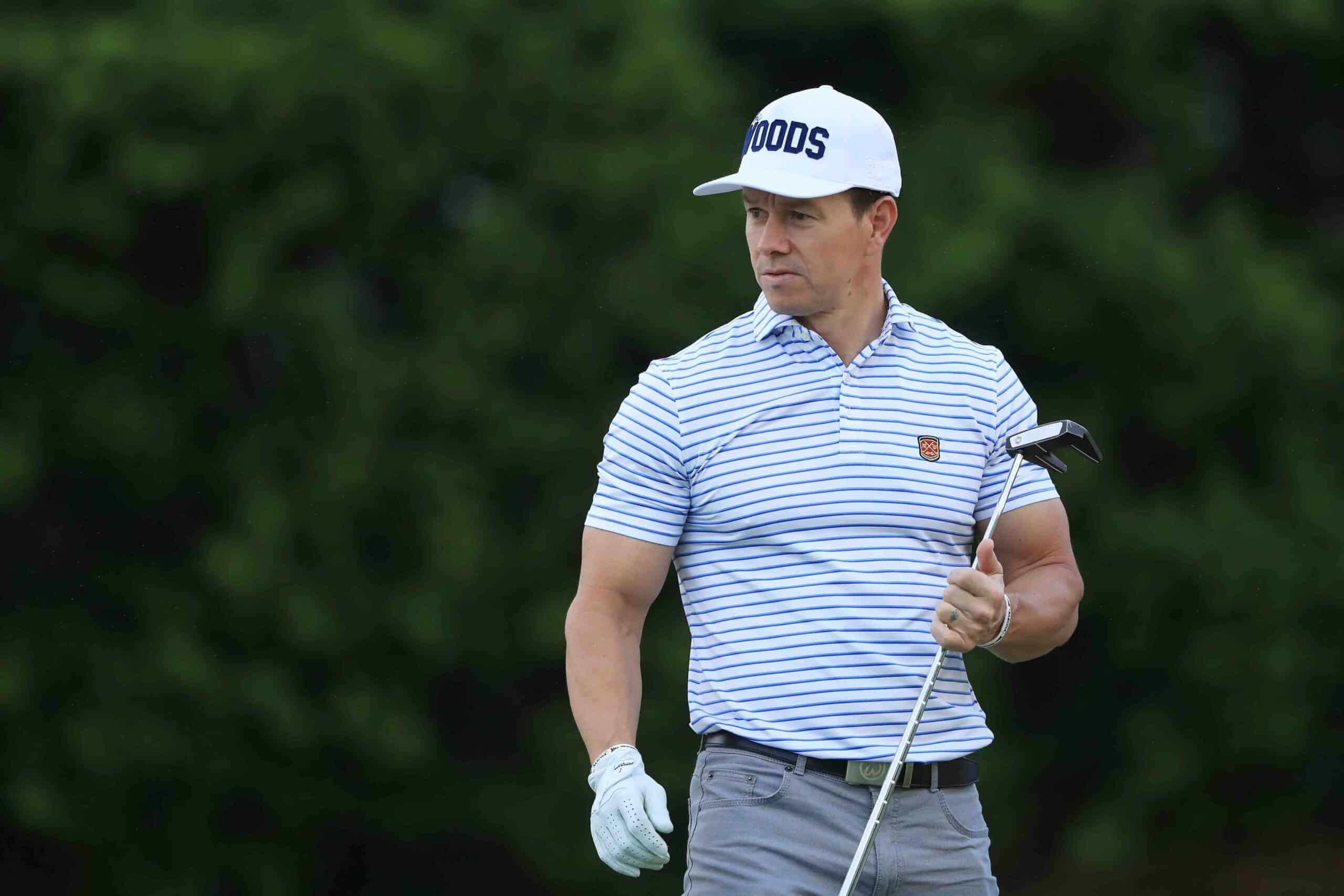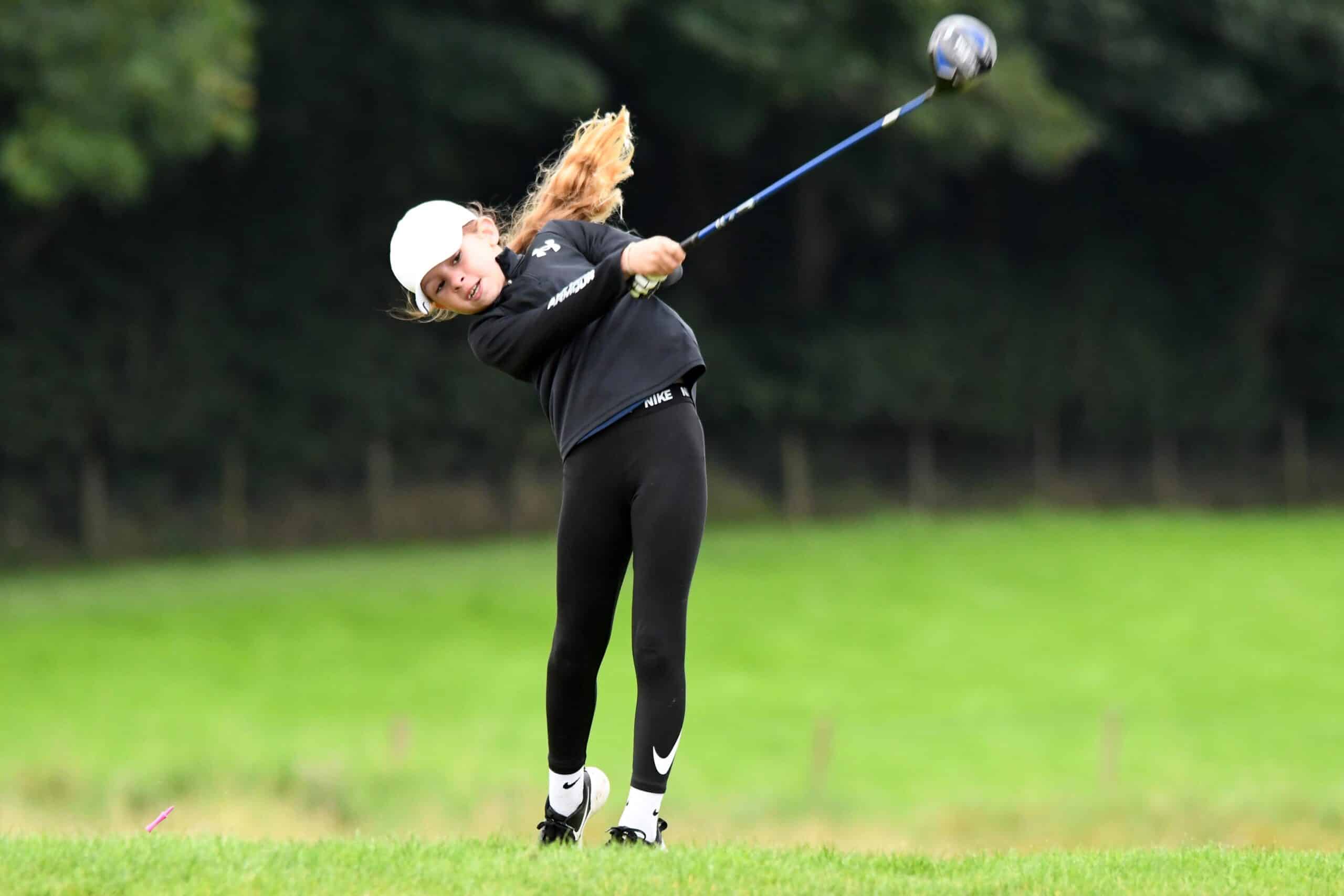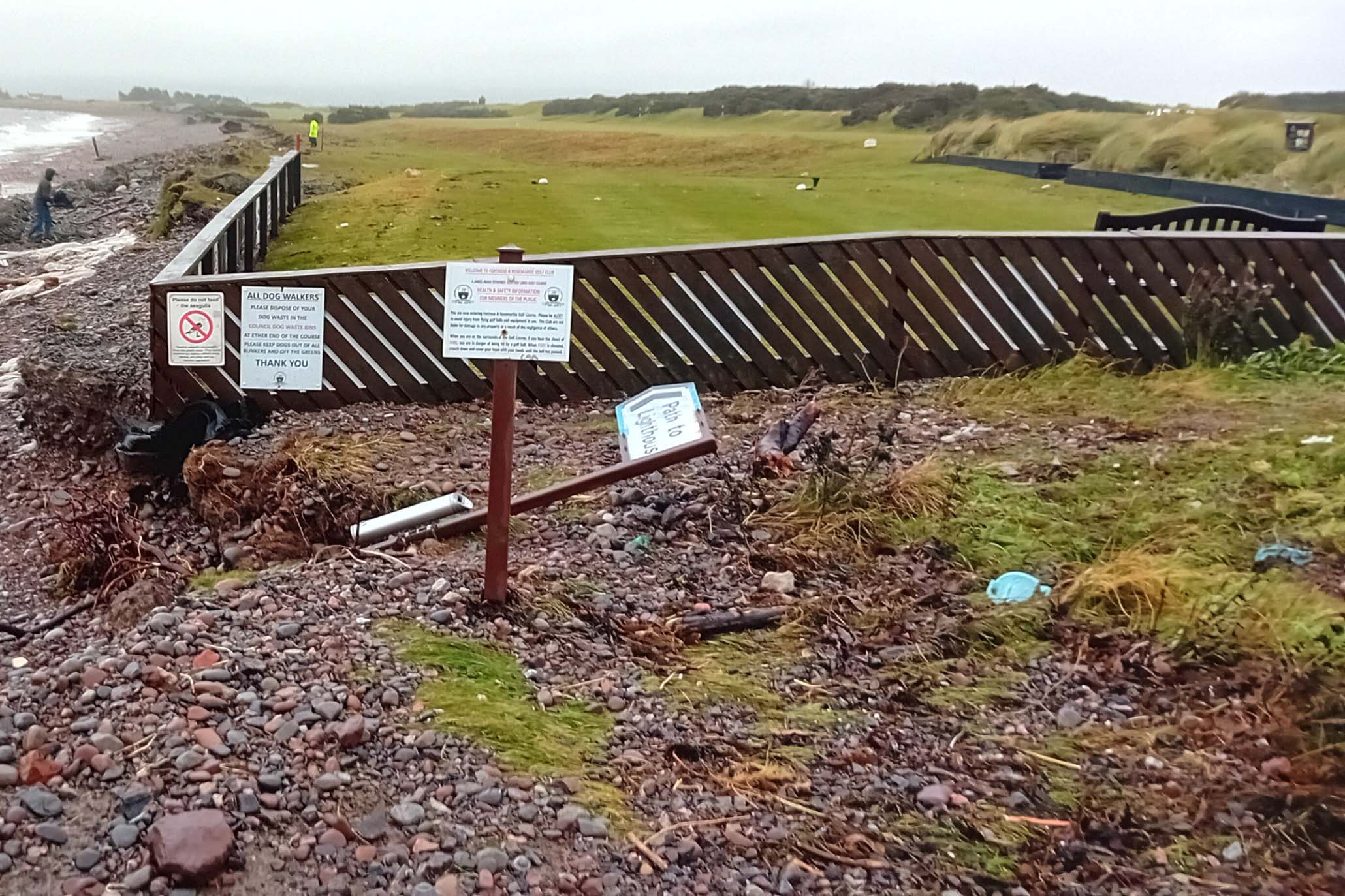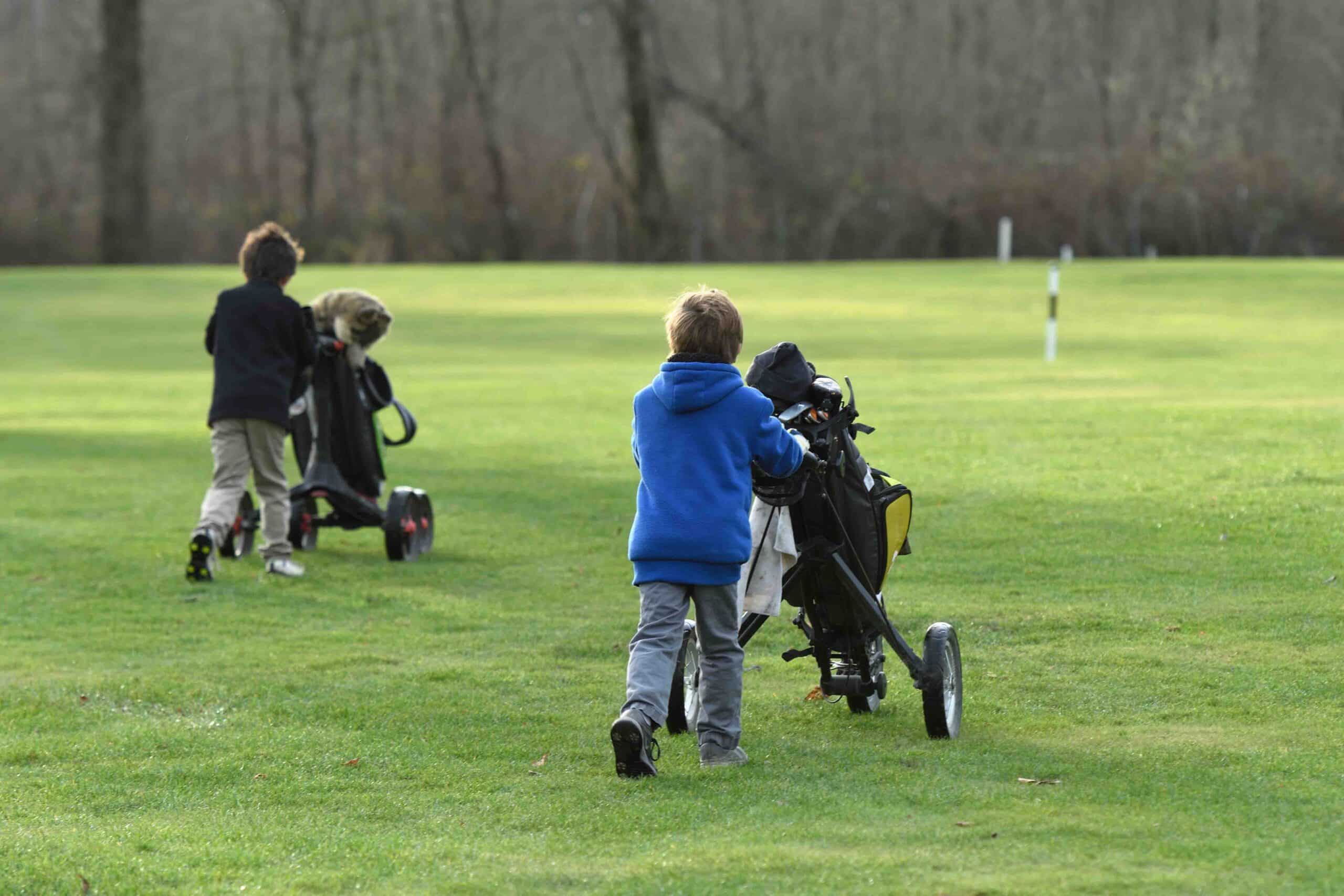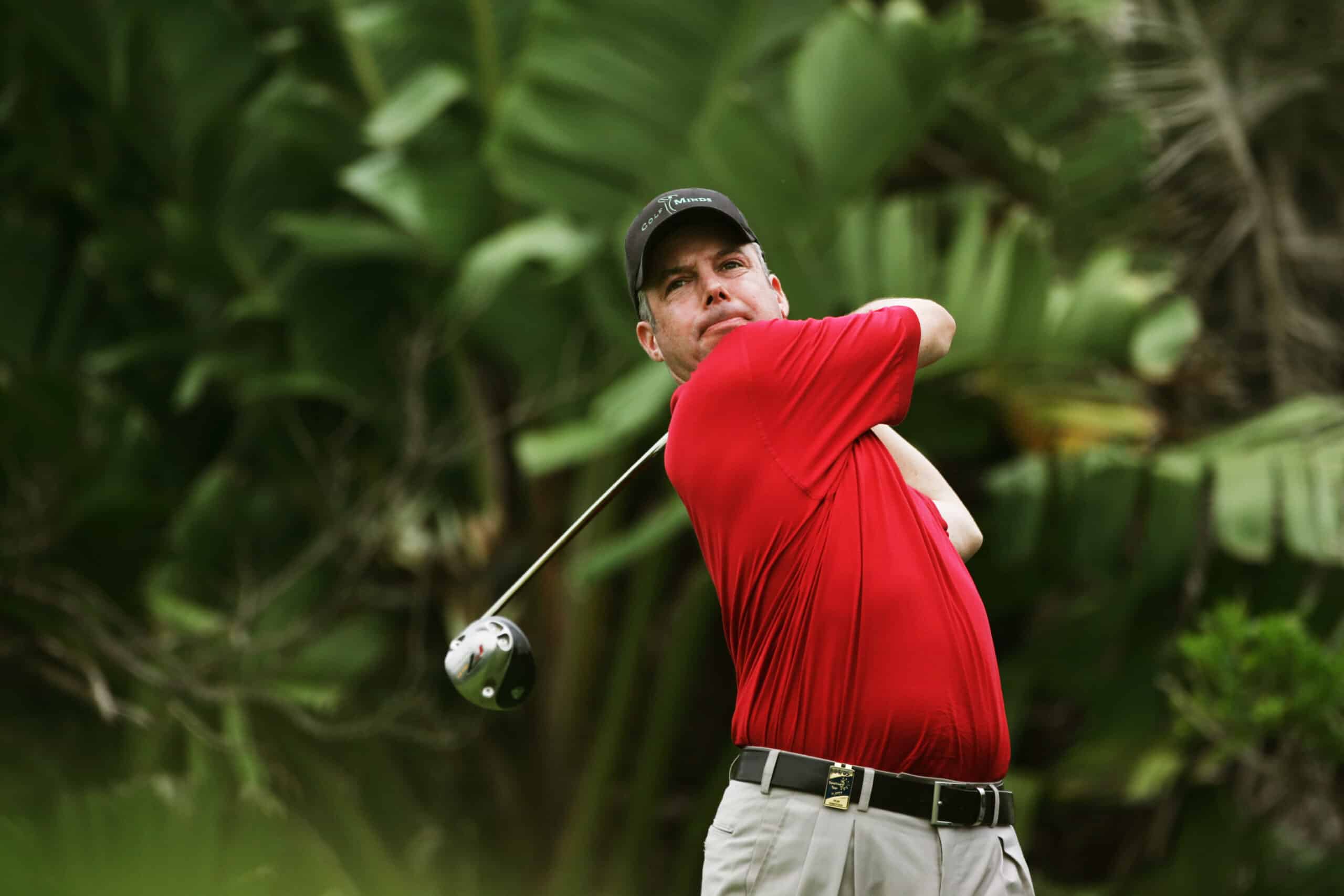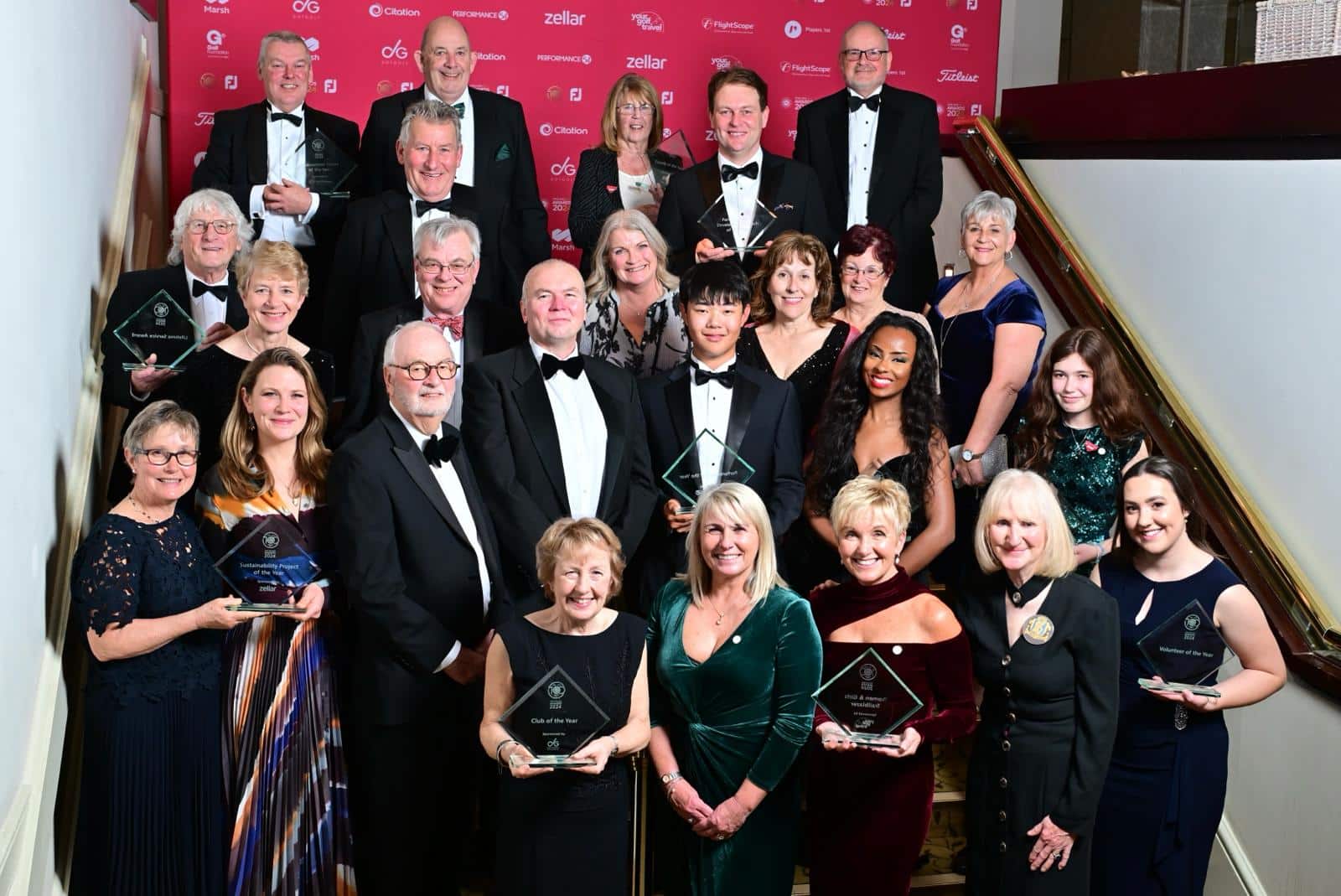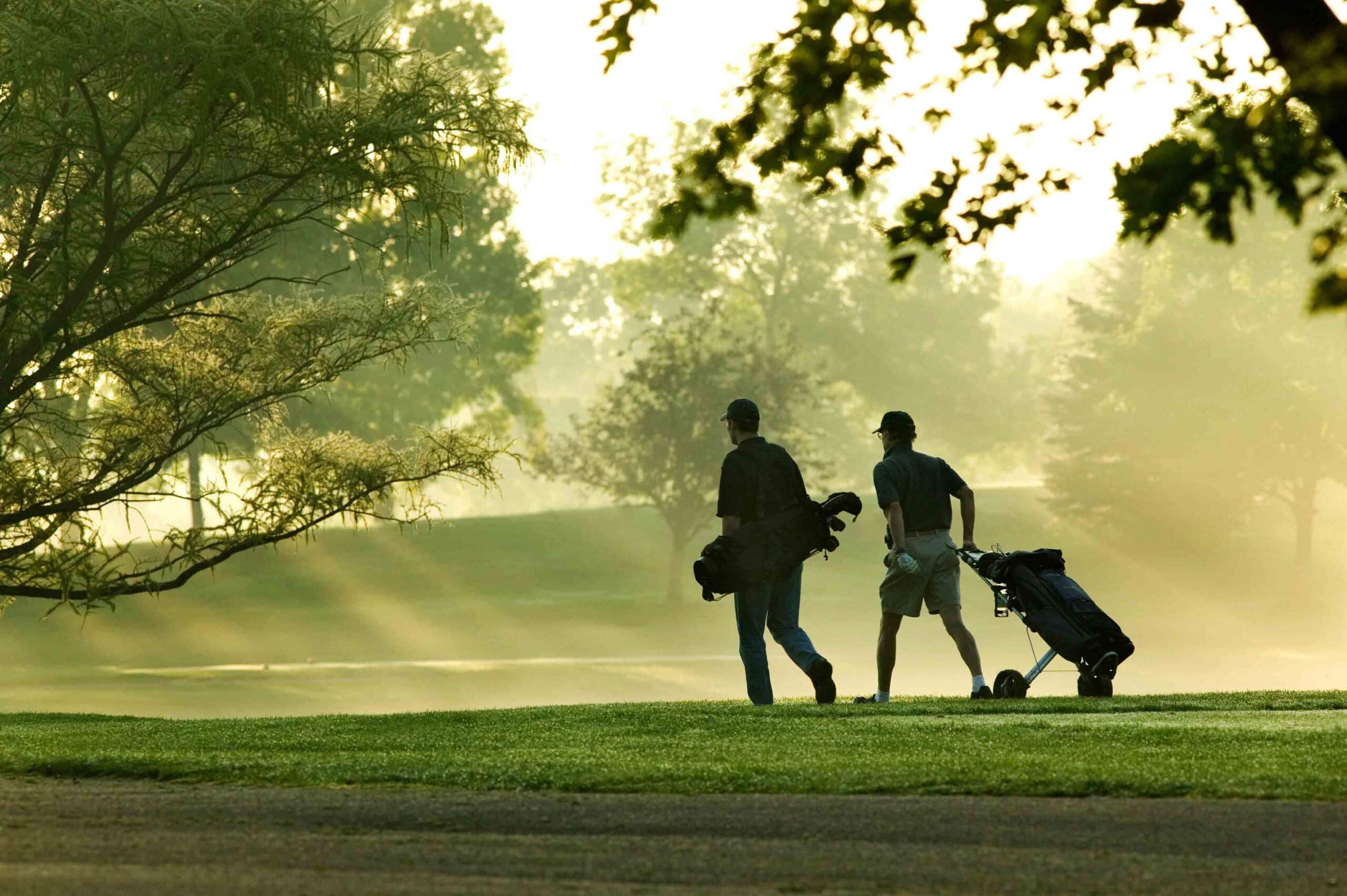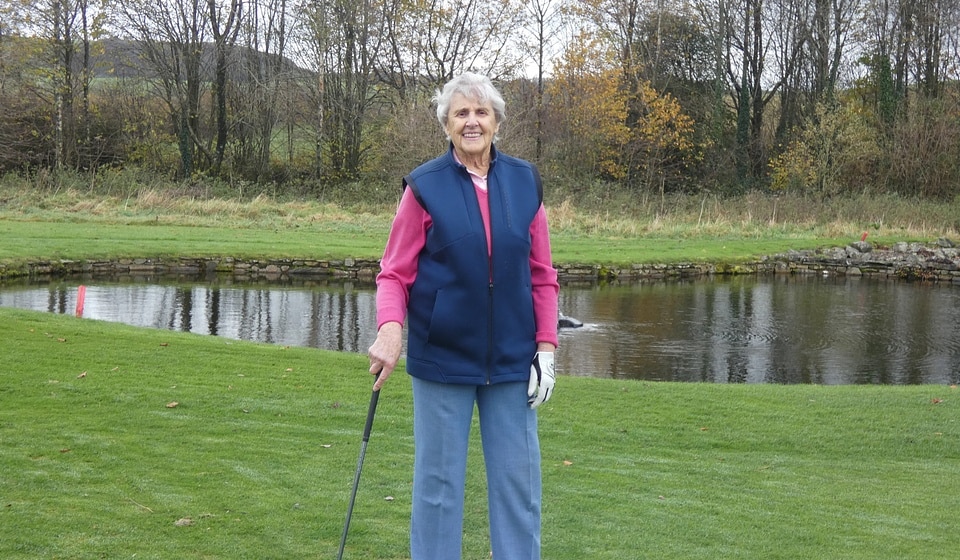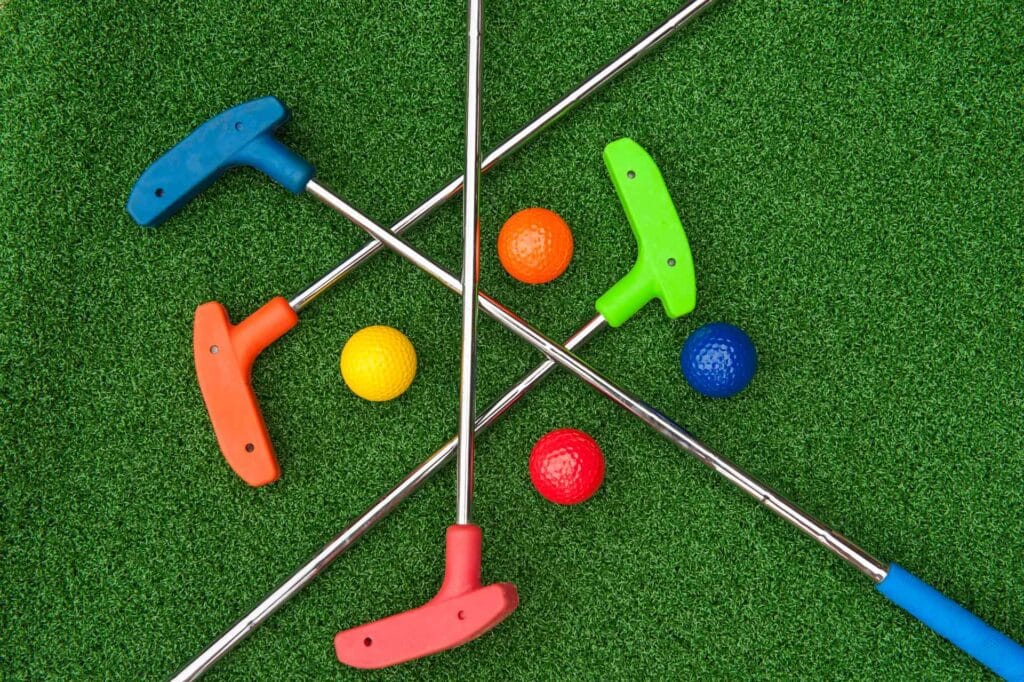
Three reasons why golf is not what you think it is
New research commissioned by the PGA threatens to turn on its head some of our longest held preconceptions about golf. Here are a trio of the major surprises
“Golf has changed. It’s not what you thought it was”. So says Golf for All, a new report commissioned by the PGA in partnership with Ipsos, that should really turn some heads as to how we think about our great game.
The headline numbers from the research were eye-catching enough. Some 16.3 million in the UK and Ireland are engaging with golf in some form, while 4.9 million are playing on a golf course.
Of those who played off-course golf, an incredible 12.9 million enjoyed adventure golf, while 4.8 million frequented driving ranges and 3.9 million played pitch and putt.
Those numbers projected incredibly diverse formats – and should question the sport’s obsession with golf club membership as the be all and end all.
But that was not all. When you look under the bonnet of that research, some other interesting nuggets emerge. So here are a further three striking stats that came out of the research…
What does the Golf for All report reveal?
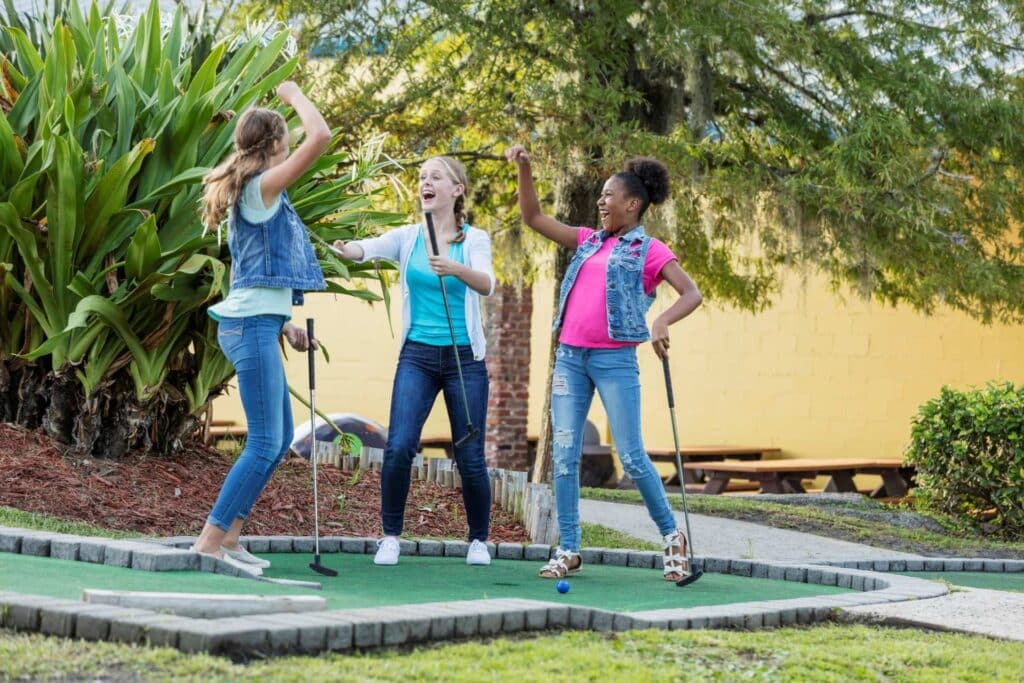
Golf is only a male-dominated sport on the course
We know that golf clubs, and golf club membership in particular, are massively male dominated. At last count, around 85 per cent of members in England were men – and whether it’s culture or tradition, there are plenty of clubs set up with that demographic in mind.
The Golf for All numbers reflected this too: with 75 per cent of on-course golfers male and 25 per cent female.
But if you look at forms of golf away from the course, something very interesting happens. The split is almost 50-50: 47 per cent female and 53 per cent male.
Now, you can easily enough argue that activities like adventure golf, pitch and putt, or simulators, are more family friendly, are easier to access, and they’re a more accessible form of ‘entertainment’.
In the same way you might pop down to Hollywood Bowl for an evening but would never consider yourself a ‘bowler’, there will be plenty who enjoy 9-holes at Puttstars that would never ever class themselves as a golfer.
It does, though, beg the question of why there is such a gender disparity. Is there something about golf clubs that suit the membership, but don’t necessarily allow players from off-course golf to make the jump?
In a column for Golf Business Quarterly, journalist and broadcaster Genelle Aldred wrote that the transition to a club for people who played off-course “seems problematic when the data shows it’s the more relaxed way of playing that appeals to those millions who are choosing non-traditional golf outside of clubs and courses”.
She added there was also equality built into the non-traditional golf system. “Everyone is in the same spot – no tee box over here and one over there. You can wear what you like. No one says: ‘You play off what?! They didn’t allow that when I started’.”
If nothing else, these numbers should make a club think about what they provide and whether they are missing out on an untapped market.
What is it that Topgolf do so well to attract women and girls to go and play? Is there an opportunity for clubs to get on the hype train?

On-course golfers are younger than you think
Golf has a stereotype of being the ‘sport of the retired’. It’s a generalisation not helped by the average age of golf club members, which at last count in 2021, showed that 68 per cent were over 50.
Those numbers, revealed in the annual Hillier Hopkins survey, also revealed that only 13 per cent of golf club members were under 30.
But while that may be the case for membership, the Golf for All report says that is not replicated in the numbers of those who play on course.
Some 17 per cent of golfers are aged 65 and over, but the biggest percentage by age is held by 35- to 44-year-olds at 24 per cent.
You read that right. The time pressured, income-strapped, family orientated age group represent nearly a quarter of all on course players.
The 18 to 44 age group as a whole outnumber the older generation – making up 53 per cent of all on course golfers.
So you can argue that golf is not an older person’s occupation. Golf club membership is. The growth of England Golf’s iGolf scheme, whose subscriber numbers have now passed 50,000, show there is an appetite for on course golf in this group. The average subscriber age is 42.
Instead of take it or leave it membership options for those who don’t make the grade for intermediate schemes, could clubs be more pragmatic about what they offer younger players in a bid to get hem through the doors in a way that suits them?
Only half of regular golfers say having fun is a significant appeal of the sport
What are we even playing for? When asked what the game’s most significant appeals were, only 49 per cent of regular golfers said it was about having fun. That compared with 68 per cent of infrequent golfers. Have we forgotten that we’re supposed to enjoy the game?
Continuing on this theme, around half of on-course players did not even describe themselves as golfers! If teeing it up semi-regularly doesn’t make you feel part of the gang, what on earth will?
To read the report yourself, click on the Golf for All website.
What do you think? Are you surprised by the numbers coming out of the PGA’s research? Does it tally with your experience of the game and do golf clubs need to do more to engage with this vast audience? Let me know your thoughts by leaving a comment on X.
Steve Carroll

A journalist for 25 years, Steve has been immersed in club golf for almost as long. A former club captain, he has passed the Level 3 Rules of Golf exam with distinction having attended the R&A's prestigious Tournament Administrators and Referees Seminar.
Steve has officiated at a host of high-profile tournaments, including Open Regional Qualifying, PGA Fourball Championship, English Men's Senior Amateur, and the North of England Amateur Championship. In 2023, he made his international debut as part of the team that refereed England vs Switzerland U16 girls.
A part of NCG's Top 100s panel, Steve has a particular love of links golf and is frantically trying to restore his single-figure handicap. He currently floats at around 11.
Steve plays at Close House, in Newcastle, and York GC, where he is a member of the club's matches and competitions committee and referees the annual 36-hole scratch York Rose Bowl.
Having studied history at Newcastle University, he became a journalist having passed his NTCJ exams at Darlington College of Technology.
What's in Steve's bag: TaylorMade Stealth 2 driver, 3-wood, and hybrids; TaylorMade Stealth 2 irons; TaylorMade Hi-Toe, Ping ChipR, Sik Putter.


